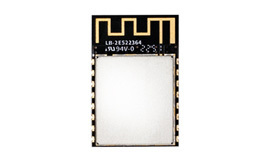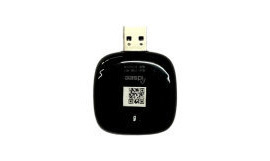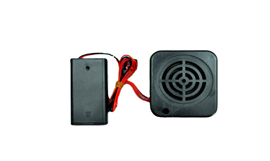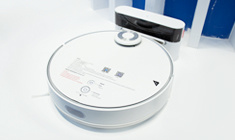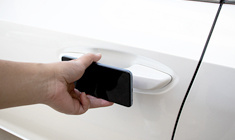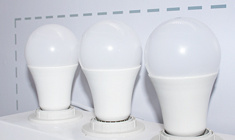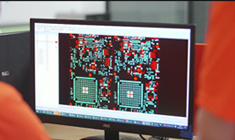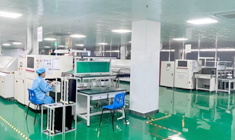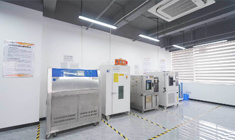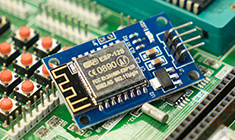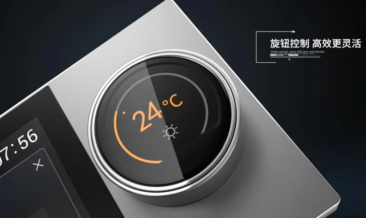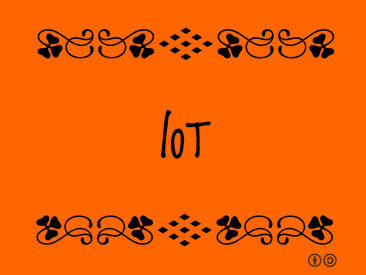
Iot canine olfactory sensors detect life under earthquake rubble
Release Time:
2021-07-27
Researchers in Austria, Switzerland and Cyprus are working on a sensor that can "sniff out" signs of life in rubble after an earthquake.In the past few years, Mexico, Nepal and Italy, among other places, have been hit by major earthquakes, while hurricanes have wreaked similar havoc. Despi
Researchers in Austria, Switzerland and Cyprus are working on a sensor that can "sniff out" signs of life in rubble after an earthquake.
In the past few years, Mexico, Nepal and Italy, among other places, have been hit by major earthquakes, while hurricanes have wreaked similar havoc. Despite advances in search and rescue equipment and predictive techniques, most searchers still have to use brute force, hearing, and sometimes simple guesswork to find survivors.
In the last decade alone, earthquakes have killed hundreds of thousands of people and those numbers will increase as urban population density increases, especially in cities along fault lines like San Francisco, Delhi and Tokyo.
Dog Inspiration
Search and rescue dogs have been performing search and rescue missions for years. They have a good sense of smell and can recognize human odors and lead rescuers to trapped people. But this method also has drawbacks, such as being susceptible to stress, fatigue and other factors when working in the field.
Taking inspiration from canines' ability to sniff for signs of life, a team of researchers from ETH Zurich, Innsbruck and the University of Cyprus have worked together to develop an Internet of Things sensor system capable of extracting human odors.
The sensor array is designed to monitor metabolic tracers released by human respiration and skin, including acetone, ammonia, isoprene, CO2, and relative humidity (RH). Together, they serve as complex markers of life.
The array consists of three nanostructured metal oxide sensors, each of which has been specifically designed to obtain high sensitivity and selective tracer readings while working with CO2 and humidity sensors.
Earthquake rescue can be carried out by hand or unmanned means
The joint report states that "inexpensive sensor arrays...... Can be easily integrated into hand-held or even drone-carried detectors, allowing searchers to quickly screen affected areas."
The future of combining this technology with drones is very bright. This will allow search and rescue teams to scan a larger area at a faster pace and rescue people if they detect signs of life.
The iot sensor array developed by the team has a lot in common with the technology used to analyze air quality, Andreas Guenena wrote in the research outlining the project:
Sensor arrays can be very compact, inexpensive, and are already being used as portable devices for indoor air quality, food spoilage monitoring, or medical breath analysis. Even drones or ground-based robots could carry these arrays of sensors to quickly screen affected areas that are too dangerous for searchers.
Industry view
Drones have already proved their worth in disaster relief. Since earthquakes and other natural disasters often throw local infrastructure into disarray, aerial search and rescue may be the only viable option. The opportunity to combine canine olfactory sensors with drones or other mobile devices is certainly worth pursuing.
Combine this technology with drones that support thermal imaging, or even with airdrop resupply capabilities, and it could become a valuable tool for disaster relief.
Reprinted in the House of Things

Guangdong Joinet IOT Technology Co.,Ltd
Manufacturing Base:
Joinet Technology Park,No. 168 Tanlong North Road,Tanzhou Town,Zhongshan City,Guangdong Province,China
Pre Sales Hotline:19966308713 13823973022
Switchboard:0760-8663 0003 (transferred) 523
Pre Sales Email:sw@znaiot.com


Contact Us:
Looking forward to your call anytime



